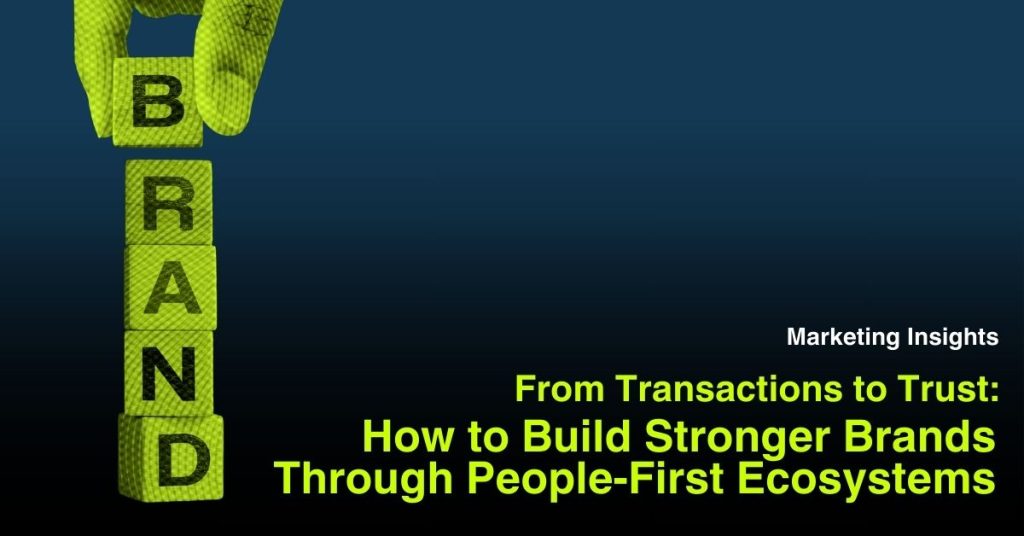
What if your data could predict the future?
Naturally, it can’t. However, it can be used to forecast potential trends and audience behaviours. These insights can then be used to shape strategies to better align with future audience preferences.
Digital marketers employ predictive analytics based on the type of data you have available and the outcome you aim to achieve. For example, Regression Analytics helps foresee the interaction between several variables, such as marketing efforts and sales numbers.
These analytics rely on having access to as much data as possible, a condition fulfilled with the relatively recent introduction of big data and made easier by the increasing popularity of machine learning algorithms.
By using predictive analytics, businesses can gain a clearer understanding of where to focus their efforts and how to strategically allocate resources for maximum impact.
How do you use Predictive Analytics?

Getting the most out of your data first requires having an idea of what you want from it. Thus, you should have a question that needs to be answered before sending your digital marketing team off to sift through their petabytes of data.
These are some broad applications of predictive analytics:
Identifying Untapped Market Segments
Predictive data helps businesses forecast shifts in consumer behaviour, revealing untapped market segments that may not be immediately obvious. For instance, predictive analytics can highlight a demographic likely to grow in the coming months, allowing businesses to pivot and focus marketing efforts on that group before competitors catch on. This proactive approach helps capture market share early and reduces reliance on reactive strategies.
Forecasting Customer Behaviour
Predictive models can analyse patterns in past customer interactions to predict future actions, such as purchasing decisions or content preferences. This enables brands to tailor their marketing strategies to appeal to customers at the right time with the right messaging.
Monitoring and Adjusting Performance
Key performance metrics, such as conversions or engagement rate, can be forecasted across digital campaigns. Continuous monitoring allows for adjustments to ensure optimal outcomes and minimised ad spend.
Refining Content Strategies
Analysis of past performance and future trends highlights the types of content likely to resonate with the audience. This enables the creation of tailored, engaging posts in advance, ensuring content relevancy and consistent audience engagement.
Personalising the Customer Journey
Anticipating customer needs and preferences allows for delivering highly personalised content, offers, and recommendations, creating a seamless and relevant customer experience.
Spotting Emerging Trends
Data prediction isn’t just about finding the customers you already know—it’s also about identifying emerging trends. Early detection of these trends gives businesses a competitive edge, enabling them to adjust their offerings or marketing tactics ahead of time. This insight into future needs ensures that brands remain relevant and meet customer expectations as they evolve.
What are the benefits of Predictive Analytics?

Applying predictive analytics not only gives you an advantage over your competitors but also provides operational benefits to optimise your business. Getting it right puts you in the driver’s seat in your market. Securing your competitive edge.
Maximising ROI
Forecasting the performance of campaigns, channels, and strategies such as keyword bidding and target audience ensures resources are directed toward those with the highest likelihood of success
Knowing where to allocate your marketing budget is crucial for efficiency. Data prediction allows you to predict which channels and tactics will generate the highest return on investment. By forecasting performance, you can allocate resources to the most effective tactics and optimise their marketing efforts, resulting in improved ROI.
Increasing Operational Efficiency
Data prediction doesn’t just affect sales and marketing—it can also optimise operations. Potential changes in inventory management, staffing levels, and supply chain operations can all be addressed before they arise. These improvements in operational efficiency, time savings, and costs allow you to be proactive in your operational decisions.
Building Long-Term Business Strategies
Combining hidden opportunities and data prediction empowers businesses to make smarter, long-term decisions. By looking at data from a historical perspective and predicting future outcomes, brands can develop strategies more aligned with emerging market conditions.
This foresight allows for sustained growth as businesses can adapt to shifts in the market, customer preferences, and competitive pressures.
Mitigating Risks and Seizing Opportunities Early
Predictive data doesn’t just highlight opportunities—it can also help businesses mitigate risks. By identifying potential problems before they arise—such as customer churn or declining product interest—companies can take proactive steps to address them.
For example, if data suggests a particular customer segment is becoming less engaged, businesses can adjust their offerings or marketing tactics to re-engage those customers, reducing the risk of lost sales. By anticipating challenges early, companies can continue to seize opportunities with minimal disruption.
Predictions, Not Prophecy

As we mentioned at the beginning of this article, predictive analytics only makes forecasts based on available data. While it can certainly give you an idea of what might happen in the future, it cannot be 100 per cent accurate.
Customer sentiment shifts in seconds in the digital age. What was true one day may change overnight. As such, predictive analytics should be considered an ongoing process. One that continually monitors performance and revises its recommendations.



